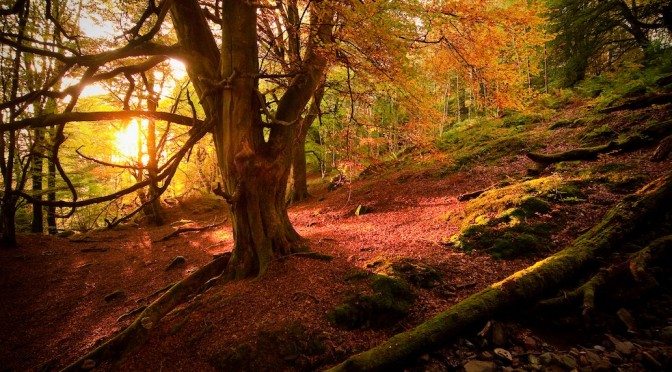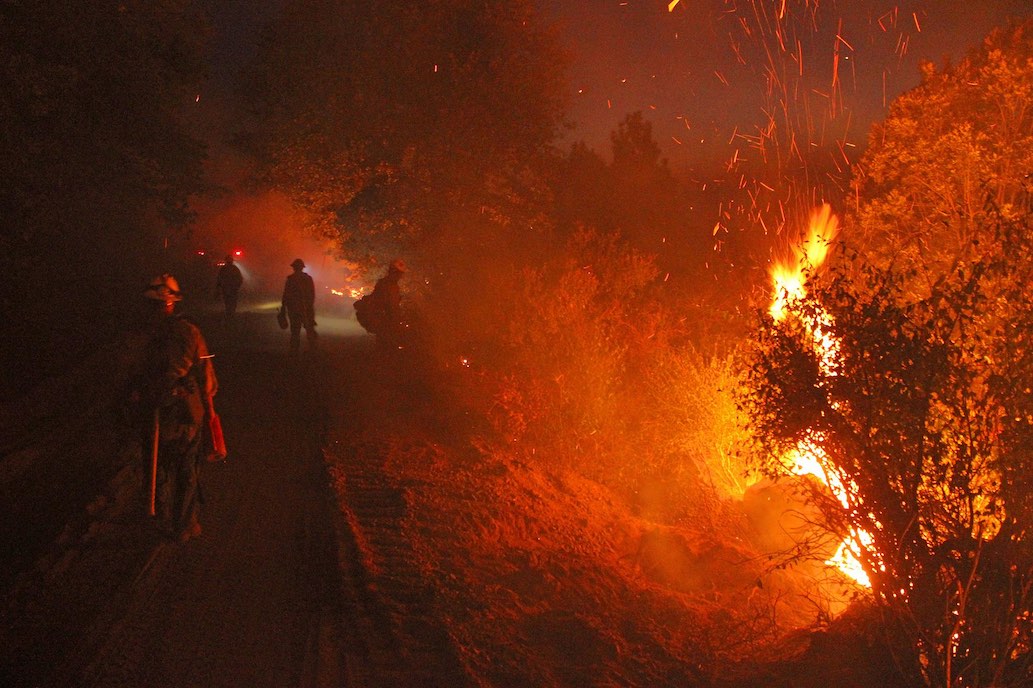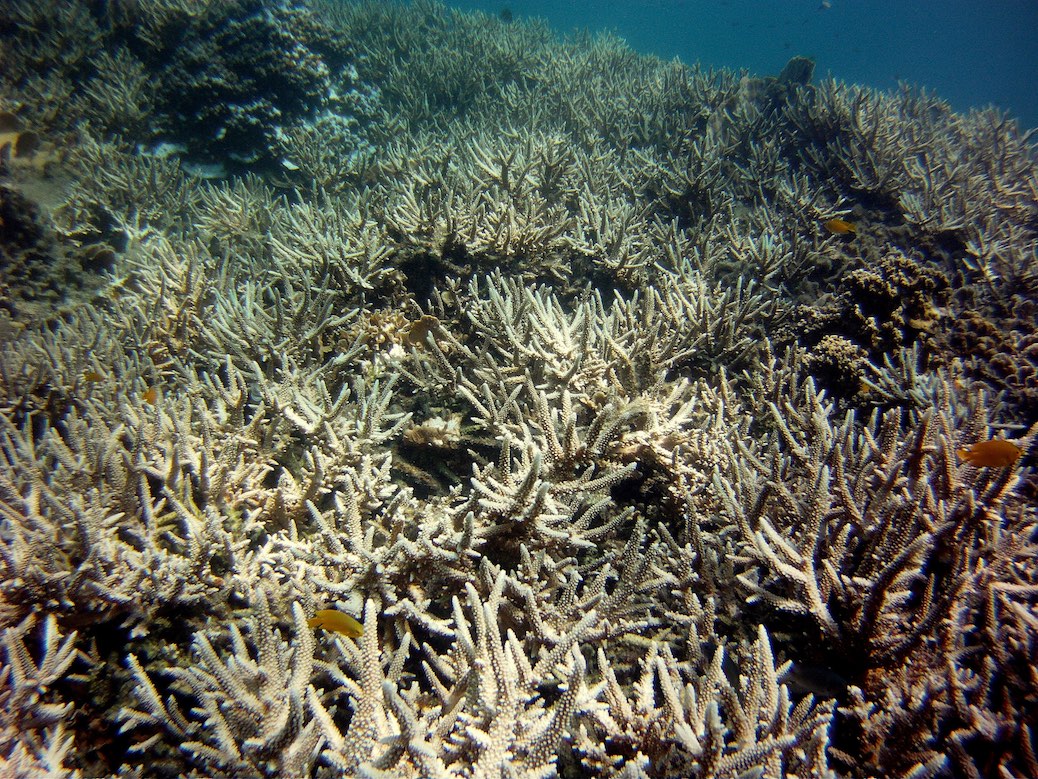
Hug a Tree: International Day of Forests
- Enviroment, Forests, Water
- deforestation, ecosystem services, Featured, international day of forests, United Nations
- March 21, 2016
Happy International Day of Forests!
March 21 marks the International Day of Forests (IDF).
The United Nations General Assembly established IDF on November 28, 2012 as a means of raising awareness of the beauty, importance and plight of the world’s forests.
The history of IDF stretches back to 1971 when the 16th session of the Conference for Food and Agriculture voted to establish an annual “World Forestry Day” every March 21. From 2007 to 2012 the Center for International Forestry Research (CIFOR) convened a series of six Forest Days coinciding with the annual gatherings of the UNFCCC climate conference.
After the International Year of Forests in 2011, the United Nations passed the resolution calling for the International Day of Forests, observed every March 21. The tradition stretches back decades, but today marks the the fourth annual IDF.
Trees are fundamental
One tree can absorb up to 40 pounds of CO2 per year. By the time that tree reaches 40 years old, it could sequester as much as one ton of carbon dioxide. As it takes in the CO2 a large tree provides the daily supply of oxygen for four people.
Trees are an essential component of the earth’s hydrological cycle. That same large tree can lift up to 100 gallons of water out of the ground in a single day and disperse it into the air.
We depend on trees for everything from fruit, nuts and coffee to food additives for items such as ice cream, chewing gum and much, much more. When you have a headache, take an aspirin, made from Salicylic acid extract from the bark of many types of trees (especially Willows). In total, more than 5000 products are made from trees.
Whether you live in a treeless desert or sprawling urban center; are a wealthy financier working from atop a towering skyscraper or a subsistence farmer working your small plot to eke out a living for your family, or somewhere in between, we are all utterly dependent on healthy forests.
Our modern civilization wouldn’t be possible without the benefit and service of forests, but too often we can’t see the forest for the trees.
As J.P. Kimmins writes in his book Forest Ecology:
“Forests are the evolutionary vessel in which were distilled the origins of the most remarkable of all animals: Homo sapiens. Forests were the habitat of our earliest evolutionary ancestors and have remained an important part of the environment of … the human family tree. The rise and fall of empires, the conquest of nations, and the political, economic, and military power of human societies have been intimately related to the accessibility of forests and/or forest products for most of recent history. Modern humans … still are – and always will remain – dependent on forests for a wide variety of the necessities and pleasures of life as we know it.”
-J.P. Kimmins 2004
Forests cover one-third of the global land mass, are home to more than 80 percent of terrestrial species of plants, animals, and insects. Estimates vary, but there are at least 23,000 varieties of trees in the world, many of which are threatened by deforestation, climate change, expanding wildfire (both in intensity and length of burn season).
In a recent blog post, the Global Trees Campaign stated that half the world’s magnolia species are threatened with extinction in the wild.
Temperate forests across North America suffer from bark beetle infestations exacerbated by warmer winters.
Forests and water
The theme chosen by the UN for IDF this year is forests and water.
We’ve already seen how a single tree acts as an essential part of the hydrological cycle. Forests and water work as an elegant, beautiful system distributing the vital ingredients for life on earth.
The official UN page for the International Day of Forests lists but few of the many different interconnections between forests:
- Forested watersheds and wetlands supply 75 percent of the world’s accessible freshwater
- About one-third of the world’s largest cities obtain a significant proportion of their drinking water directly from forested protected areas
- Nearly 80 percent of the world’s population – 8 out of 10 people – is exposed to high levels of threat to water security
- Improved water resource management can show considerable economic gains
- Forests act as natural water filters
- Climate change is altering forests role in water flows and the availability of water resources
- Forests have a crucial role in building and strengthening resilience
As we look forward to the coming decades and consider how to create a prosperous economy that provides opportunity for all yet maintains a healthy and thriving global environment, it is important to consider what we cherish and protect for future generations.
“In this first year of implementing the 2030 Agenda for Sustainable Development, the International Day of Forests focuses on their role in supporting water systems… Investing in forests is an insurance policy for the planet.”
-Secretary-General Ban Ki-moon
—————
How much do you know about forests and water? Take the quiz and find out!
Featured image credit: seth m, courtesy flickr under creative commons license





